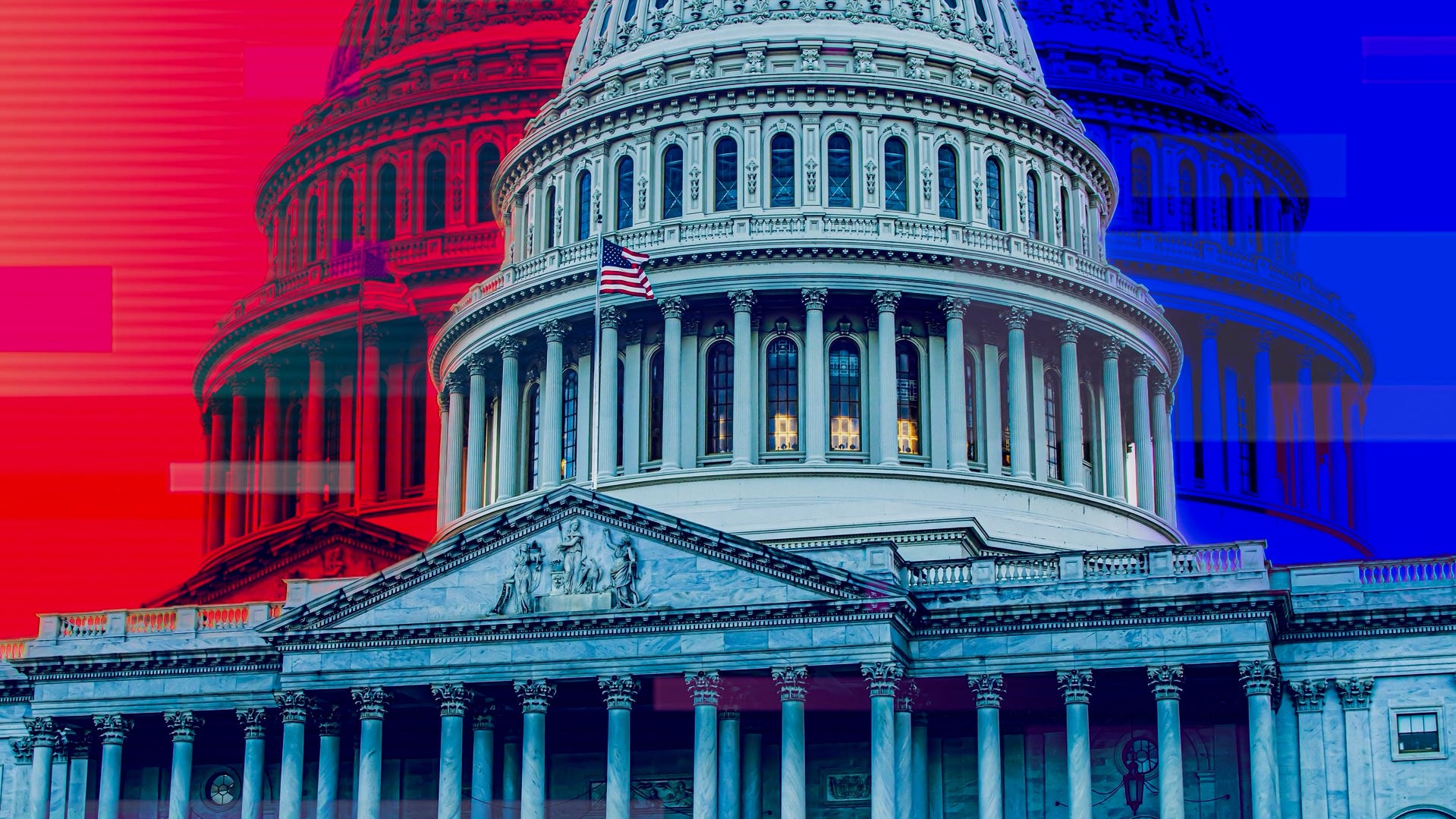
Here’s what the Senate removed from Trump’s ‘Big Beautiful Bill’
Here’s whats left of Donald Trump’s “Big Beautiful Bill” after Senate cuts due to the “Byrd rule.”
- President Trump’s spending bill introduces changes to student loan programs, including new borrowing caps and repayment plans.
- Graduate students will have a $100,000 lifetime borrowing cap, while medical and law students face a $200,000 limit.
- Borrowers currently enrolled in the SAVE repayment plan will need to select a new plan by mid-2028.
Now that President Donald Trump’s spending bill has passed, student loan borrowers may see some changes heading their way.
Trump and the Republican-majority House and Senate are significantly shaping student loans by cutting the number of repayment plans available to borrowers. A Biden-era program that tailored payment requirements to the individual’s income will be replaced with a new fixed-rate program, which would disadvantage lower-income families.
Those who plan to continue their education beyond their undergraduate degree can expect new borrowing caps against graduate, medical and law students. The bill also affects the amount parents can borrow to help their children pay for tuition.
Here are the changes student loan borrowers can expect from the spending bill.
What are the new caps on student loans?
The new bill would impose a cap of $100,000 on lifetime borrowing for graduate students and a cap of $200,000 for students in medical and law school.
The legislation reduces the chances for deferments or forbearance and imposes new limits on lending for students who are part-time.
How will student loan repayment be different? What happened to student loan forgiveness?
The process for repaying student debt is expected to change as new legislation depletes loan forgiveness programs that have been in place for years and alters payment requirements, which previously benefited lower-income families.
Currently, the United States offers only two repayment plans for federal loan borrowers, according to the Federal Student Aid office. The first plan is a standard repayment plan that allows borrowers to repay their loans over 10 to 25 years, based on their loan amounts, regardless of their income. The other is a “Repayment Assistance Plan” based on borrowers’ paying monthly payments between 1% and 10% of their discretionary income.
How are parents impacted?
The recently signed legislation places a $65,000 cap on Parent PLUS loans, which are unsubsidized loans offered to parents who aim to support their dependent undergraduate students.
These loans will also no longer be eligible for repayment programs.
What happens to the SAVE program?
Around eight million borrowers already enrolled in Biden’s SAVE (Saving on a Valuable Education) repayment plan will remain in limbo awaiting a judge’s decision about the program’s legality.
The new bill requires SAVE borrowers to find a new repayment plan between July 2026 and the end of June 2028.
If they don’t find a new plan after July 1, 2028, then they will automatically be enrolled in the Repayment Assistance Plan based on discretionary income.
Which student loan borrowers are unaffected?
The new changes will most likely impact new federal student loan borrowers, rather than the more than 40 million Americans already in student loan debt.
How many Tennessee residents have student loans?
A study from SmartAsset, using data from September 2024, shows that 890,900 Tennessee residents have student debt, accounting for approximately 12.5% of the population. The same data indicate an average student loan amount of $37,120.
According to the U.S. Census, Tennessee has a population of 340,110,988 as of July 1, 2024. The Census estimates that 21.5% of the state’s population is between the ages of 5 and 18, approximately 73 million people. Hence, Tennessee could potentially have upwards of 70 million student loan borrowers over the next 13 years alone.
Jordan Green covers trending news for The Commercial Appeal. She can be reached at jordan.green@commercialappeal.com.






